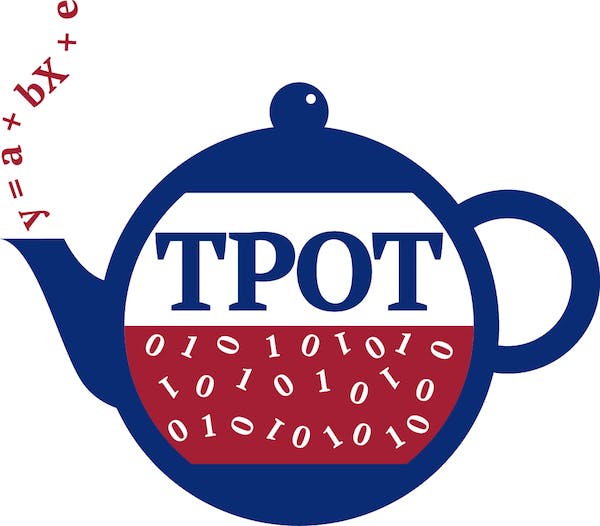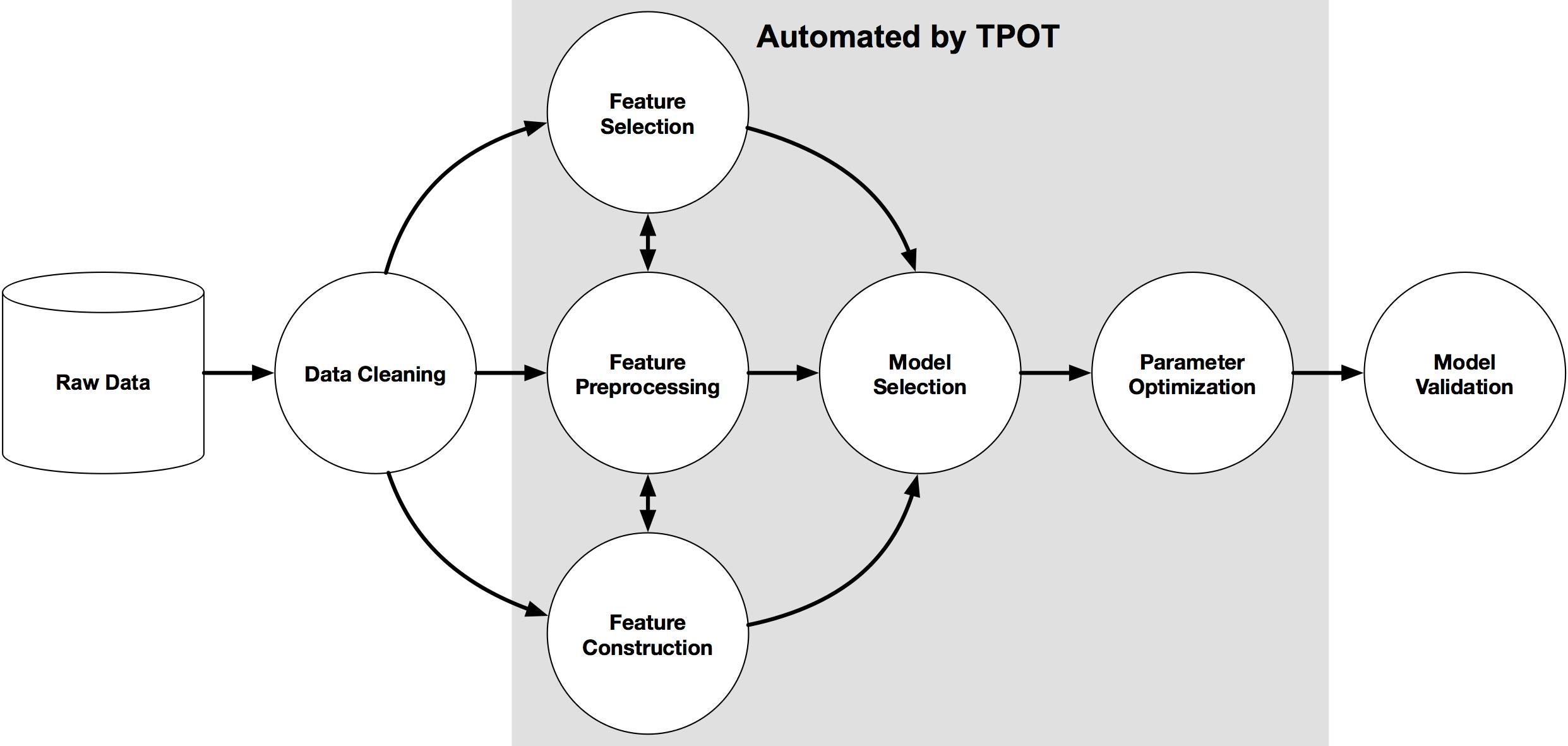AutoML - A Quick Introduction
A brief introduction to an Artificial Intelligence based solution that has gained much popularity!
Machine Learning 🤖 is the most popular field of study today, and it has resulted in significant achievements in a variety of sectors like business analytics 📊, weather forecast 🌡, stock prediction 📈, the healthcare sector 👨⚕️. ML is now used in practically every industry imaginable, which has increased its significance exponentially 🌟. But what if we could make ML procedure more straightforward and smooth and generalize the usage? This is where Automated Machine Learning (AutoML) comes in! 🤗
Automated machine learning (AutoML) automates machine learning tasks to real-world issues. AutoML encompasses the whole workflow, from a raw dataset 📚 to a deployable machine learning model 🤖. It makes machine learning accessible, even to those with no prior experience in the discipline.
🚩 A conventional machine learning model has the following workflow:

The Importance of AutoML
The need for machine learning systems has skyrocketed in recent years. This is owing to ML's current success in a wide range of applications. Many businesses fail to adopt ML models despite that machine learning may help specific firms.
First, they must assemble a staff of seasoned data scientists 👩💻 who can command a high wage 💰. Second, even if you have an excellent team, determining which model is suitable for your challenge typically necessitates more experience than expertise.
The popularity of machine learning in a broad spectrum of applications has resulted in an ever-increasing need for machine learning systems that can be utilized by non-experts right away ✔. AutoML tends to automate the most significant number of stages in an ML pipeline with the least amount of work and without jeopardizing the model's performance 💯.

The benefits of AutoML are summarized below:
By automating repetitive processes, it boosts productivity 💯. As a result, a data scientist may concentrate on achieving the end goal more efficiently.
Automating the ML process also aids in the prevention of mistakes like misconfiguring parameters and misinterpretation of data, that may occur manually.
Finally, AutoML is a step towards globalizing 🌎 machine learning by making the capability of ML available to everyone.
🚩 Some famous AutoML frameworks are:
1. Auto-Sklearn:
Auto-sklearn is a free and open-source AutoML library based on Scikit-learn. Auto-sklearn relieves a machine learning user from the burden of algorithm selection and hyperparameter tuning. It determines the best-performing model 💯 and the optimal collection of hyperparameters for the provided dataset 📚. It comprises approaches for feature engineering such as One-Hot encoding 🔢, feature normalization, dimensionality reduction, etc. Sklearn estimators are used in this package to tackle classification and regression issues.

Have a look at the official documentation and paper!
2. ML Box

MLBox is a powerful Automated Machine Learning python library. According to the official documentation of MLBox, it provides the following features:
- Fast reading and distributed data preprocessing/cleaning/formatting.
- Highly robust feature selection and leak detection.
- Accurate hyper-parameter optimization in high-dimensional space.
- State-of-the-art predictive models for classification and regression (Deep Learning, Stacking, LightGBM,…).
- Prediction with models interpretation.
If you are looking for a thorough dig, here is the official documentation!
3. TPOT

TPOT is an open-source python AutoML application that uses genetic programming to enhance machine learning pipelines. The data flow of the TPOT architecture is depicted in the graphic below. TPOT requires a cleaned dataset before feature processing, model selection, and hyperparameter optimization to deliver the best-performing model. TPOT expands the Scikit-learn framework by adding regressor and classifier techniques. It works by searching through thousands of alternative pipelines to identify the optimal one for your data.
 An example machine learning pipeline (Source - TPOT Documentation)
An example machine learning pipeline (Source - TPOT Documentation)
For further insight, take a look at the official documentation!
4. AutoKeras

Auto-Keras is an open-source library for automatic machine learning. As a deep learning framework using the Keras, it provides utilities for automatically searching suitable architecture and hyperparameters for deep learning models. The API's architecture is based on the Scikit-Learn API design, making it incredibly simple to use.
Through automated Neural Architecture Search (NAS) techniques, Auto-Keras tries to simplify the ML process. The deep learning engineer/practitioner is primarily replaced by Neural Architecture Search, which automatically optimizes the model.
Interested in learning more? You may read the official documentation here!
H2O

H2O's AutoML is a framework created by H2O for automating machine learning workflows. H2O supports the most commonly used statistical and machine learning methods, such as gradient boost machines, generalized linear models, deep learning models, and others.
H2O has an automated machine learning module that builds a pipeline using its methods. To optimize its pipelines, it conducts a thorough search using its feature engineering approaches and model hyperparameters.
H2O automates some of the most challenging data science and machine learning activities, including feature engineering, model validation, model tuning, model selection, and model deployment.
Take a peek at the official documentation!
A peek into AutoML's Future! 🔮
Initially, the goal 🎯 of AutoML was to automate repetitive operations like pipeline development and hyperparameter tuning so that data scientists may focus more on the business problem at hand.
AutoML also intends to make the technology available to everyone, rather than just a select few. AutoML and data scientists can collaborate to speed 🚀 the ML process, allowing the true efficacy 💯 of machine learning to be realized.
AutoML's success is mainly determined by its acceptance and the improvements achieved in this field. However, it seems apparent that AutoML will play a significant role in the future of machine learning.
We hope you liked the blog and found this useful! Check out our amazing blog post on how to create a simple neural network using Tensorflow.
Also, check out our YouTube channel for more great videos and projects⭐.
